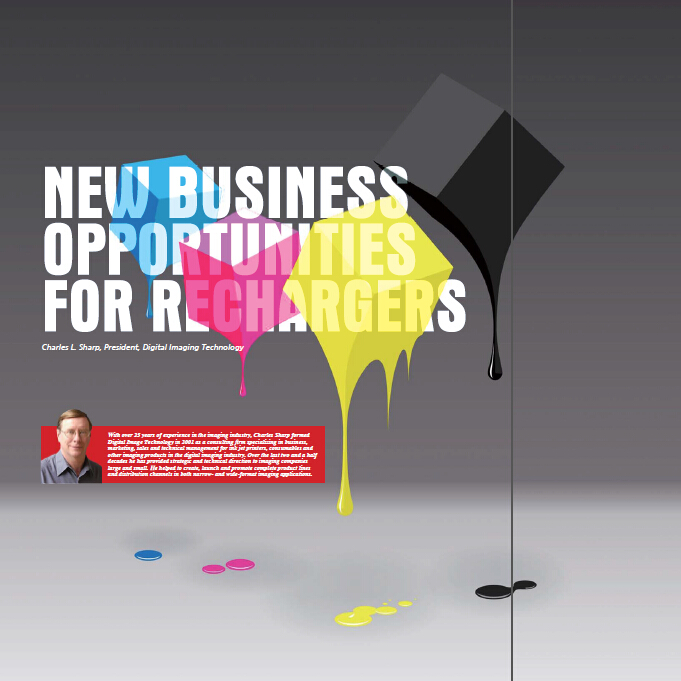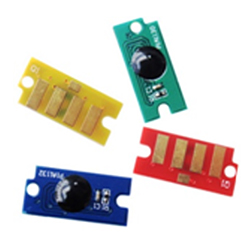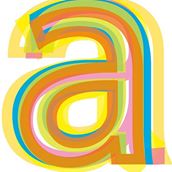New Business Opportunities for Rechargers

by Charles L. Sharp, President, Digital Imaging Technology
Many in the dynamic digital printing industry think that the future for rechargers is gloomy. I disagree. This industry has grown by constantly improving technology, efficiency, and cost structure to the current level of excellence. Competition has grown and is fierce in the largest business areas. But all of this does NOT mean that the future is bleak or that there will be no profits for the players. What it does mean is that we can neither rest on our laurels nor on the success we enjoyed in the past. We cannot continue to do the same thing and “hope for the best”. That is a sure formula for failure. What we must do is innovate.
Ink Jet: The New Challenge
A few years ago, many of us on the ink jet side of digital imaging would have predicted that it would take over the toner side of the business and dominate document printing. After all, color ink jet was “faster, better and cheaper” than toner. Nevertheless, the takeover never happened. Yes, ink jet grew quickly and did dominate several market segments, but it did not “kill” toner. In fact, the toner side, rather than “rolling over and playing dead,” fired back with new printers and toners that could compete, on cost and performance, with many of the ink jet products.
The result was a resurgence of toner based printers that, in addition to the traditional markets, are now focused on many of the newer, emerging print markets. The ink jet side, feeling the fresh competition from the new life in toner, has responded with new ink technologies, once again competing head-on with the strongholds of toner based printing.
Perhaps the best example is Hewlett Packard’s Officejet Pro X. Introduced in 2013, this multifunction printer could turn the tide for ink jet printing in the office desktop space. If it does, you can bet we will soon see some new, innovative toner printers to compete with it.
A Never Ending Struggle
The point I am trying to make is that good competitors do not give up. They innovate and fiercely compete with one another. This has the effect of improving the breed and growing both the market in general and the applications that each can address. Today’s’ printers, both ink jet and toner based, are far better, faster and can print on more substrates—paper, film, textiles, garments, ceramics, etc.—than ever before.
Where does this lead us? Technology innovation can only take a product or a market so far. The traditional customers and users of print technology can only buy so much and can only grow with the market. For the market, and rechargers primarily, the path to increased growth, sales and profitability is to innovate. We must continue to look for opportunities in new and emerging regional markets, and in new applications as well.
As I am more familiar with the ink jet side of this business, I would like to discuss some of the emerging opportunities in ink jet and how rechargers should approach these to find potentially profitable new business for themselves. In product development, while new applications do require an upfront investment in R&D and later in market exploration, the newly developed products, by reason of fewer competitors and a higher value proposition, usually offer a higher profit margin to the pioneer. These lower volume, higher margin products, are usually the perfect complement to your existing business. By selling a high volume, lower margin, product line your existing business covers all of your costs. Meanwhile, the new business brings both high sales growth and higher profits.
Back to Basics
With ink jet as well as toner, our business has often been defined as creating marks on paper. Now, it needs to be looked at in a broader sense. We should see it as depositing images on substrates. Also, we must envisage these marks as having other functionalities apart from readable alphanumeric text, or graphic, pictorial images. There is an entirely new industry in printed circuitry using conductive ink jet fluids. And the new 3D printers are finding applications, albeit using a new generation of thermoplastic, thermoplastic and UV-curable resins. In this new field, there may be only temporary substrates.
We need to look at the applications first. Then determine how, using our print technology, we can make the marks and on what types of substrates and for what end uses. We need to change our way of thinking from technology-driven to application driven. Our thinking should no longer be, “How do we use our technology to print more things.” It should be, “What applications, now being done by some other method, can we do better, faster, or cheaper by using our digital print technology, be it ink jet or toner? Also, we need to redefine what inks or toners are. Many of the newest “ink” jet applications use a fluid that would not even remotely be defined as ink by past definitions. So, at least for ink jet, we need to think about applications that can be solved by shooting some kind of fluid, accurately onto some kind of surface. That opens up many possibilities.
What are some of these opportunities? We have revolutionized the graphic arts print industry, so lets’ try some others. The Screen print industry has already yielded almost all of the outdoor printing to digital. Even the indoor applications have switched to digital except for the very long run jobs. So, let us digitally print the fabric and textile industry. This requires new inks, new coatings to accept the ink and even new fibers or coatings to accept a different kind of ink. All of these areas require the kinds of expertise that many rechargers already have. Even the packaging for many of these new inks will require a completely different “cartridge” than any existing tank, bottle or container. Who better to work in conjunction with the different industry players and systems integrators than those remanufacturers who have been making compatible cartridges for the OEM printers?
New Applications, New Skills
Now consider the interior decorating industry. Emerging applications include printing on wallpapers, tiles, floor coverings, vinyl, laminates, and glass. Interiors include homes, offices, cars, airplanes, buses and trains. Each requires a different technology, coupled with new tools, new inks, and new expertise. As rechargers, many of you have some of this expertise. You just have to market your knowledge and skills, co-developing these talents to grow your business.
Industrial applications of ink jet have perhaps the greatest potential for growth. Applications such as circuit boards, switch covers, flexible displays, and even cell phone displays are now being done via “ink jet”, so don’t wait for these lucrative opportunities to pass you by.
Did I mention packaging? This area will be nearly completely digitally printed within the next 5 years. Packaging applications cut across consumer markets to professional markets to industrial markets. The lessons, the tricks and techniques you have learned in the document printing market, have yet to be learned in packaging. You can partner with them and grow with them, thereby enlarging your customer base and business.
These are very large industries that we can all benefit from. There are many, many other applications and industries including: 3D printing; Garment printing; Edible ink; Building, Bus and Car wraps; Gaming surfaces; Flags; and Backdrops. Find an application that either could not be economically done or has been done using a traditional technology that with some innovation can be done better with digital print technology and you will have found a profitable new application that can drive your business forward.
Read more: www.irecyclingtimes.com/magazine




Leave a Comment
Want to join the discussion?Feel free to contribute!